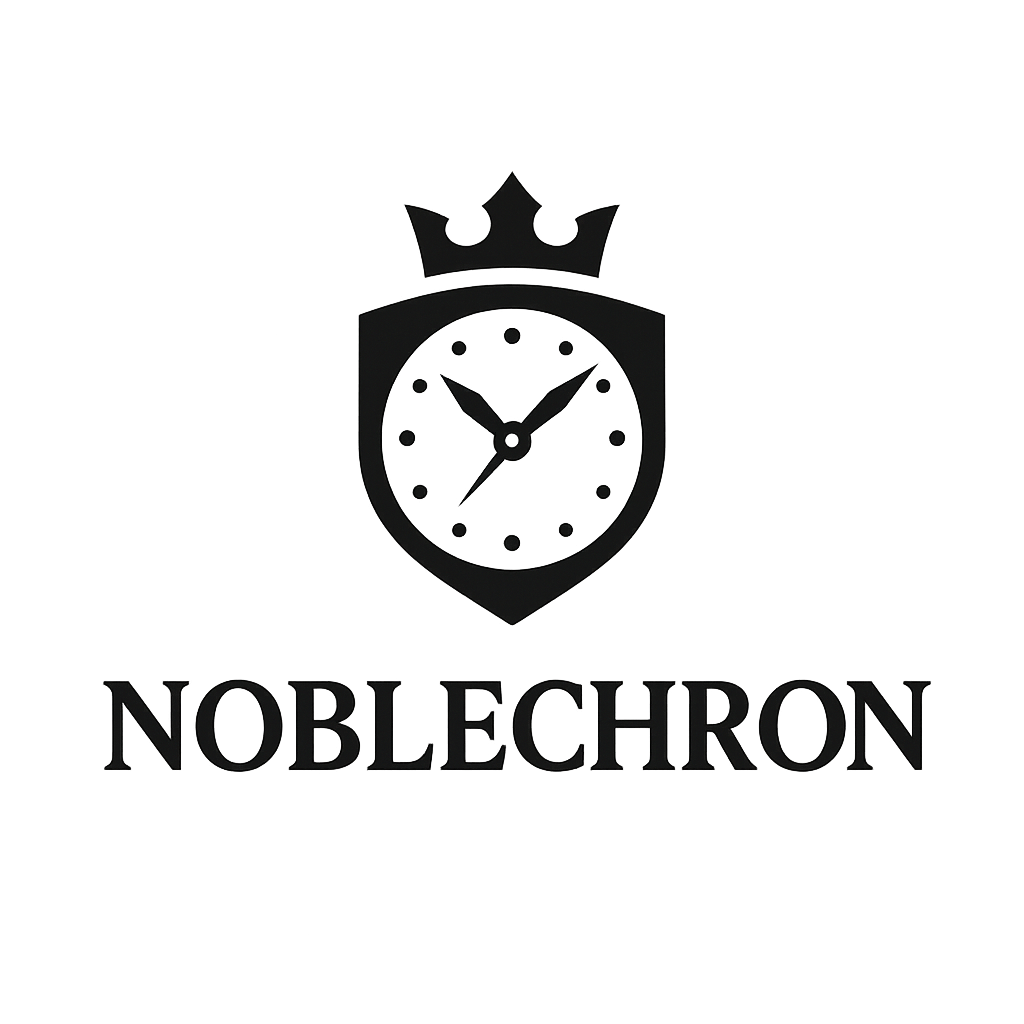Men's Fashion, Women's Fashion
Caring for Your Investment: The Ultimate Guide to Watch Maintenance, Storage, and Servicing
Luxury watch ownership extends far beyond the initial purchase, requiring ongoing care and maintenance that preserves both functionality and value while ensuring generations of reliable service. Understanding proper maintenance protocols, storage techniques, and servicing requirements protects significant investments while maximizing enjoyment and longevity of these mechanical masterpieces.
Professional maintenance combines regular care practices performed by owners with periodic servicing by qualified technicians who possess specialized tools, training, and manufacturer specifications necessary for complex mechanical systems. This collaborative approach ensures optimal performance while preventing costly damage from neglect or improper handling.
The relationship between proper care and value retention cannot be overstated, as well-maintained timepieces consistently command premium pricing in secondary markets while poorly maintained examples suffer significant value depreciation regardless of brand prestige or original quality. Understanding these financial implications motivates consistent care practices that benefit both current enjoyment and future returns.
Daily Care and Handling Best Practices
Proper daily handling begins with understanding your timepiece’s specific capabilities and limitations, including water resistance ratings, shock tolerance, and temperature sensitivity that vary significantly among different models and complications. Respecting these specifications prevents damage while ensuring reliable long-term performance.
Crown operation requires particular attention, as this represents the most vulnerable external component on most luxury watches. Always ensure crowns are properly screwed down on water-resistant models, and avoid overwinding manual movements while being gentle with push-pull operations that can damage delicate crown mechanisms.
Magnetic field exposure poses significant risks to mechanical movements, with modern electronic devices, speakers, and security systems potentially affecting timekeeping accuracy. While many contemporary watches include anti-magnetic protection, avoiding prolonged exposure to strong magnetic fields preserves optimal performance across all timepiece types.
Temperature extremes can affect lubricant viscosity, metal expansion rates, and crystal clarity, making gradual temperature transitions preferable to sudden changes whenever possible. Avoiding exposure to extreme heat or cold while allowing gradual acclimation when necessary prevents thermal shock that can damage delicate components.
Impact protection requires awareness of your timepiece’s shock resistance capabilities while avoiding unnecessary risks during sports activities, manual labor, or other high-impact situations. Sports watches typically withstand more abuse than dress watches, though all mechanical timepieces benefit from careful handling.
Cleaning and Maintenance Procedures
Regular cleaning maintains aesthetic appeal while preventing accumulation of dirt, oils, and residues that can affect both appearance and function. Different case materials, crystal types, and strap materials require specific cleaning approaches that effectively remove contaminants without causing damage.
Case cleaning begins with soft, lint-free cloths that remove surface dirt and fingerprints without scratching polished surfaces. Mild soap solutions applied with soft brushes can address stubborn residues on water-resistant models, though care must be taken to avoid moisture infiltration around crown and pusher areas.
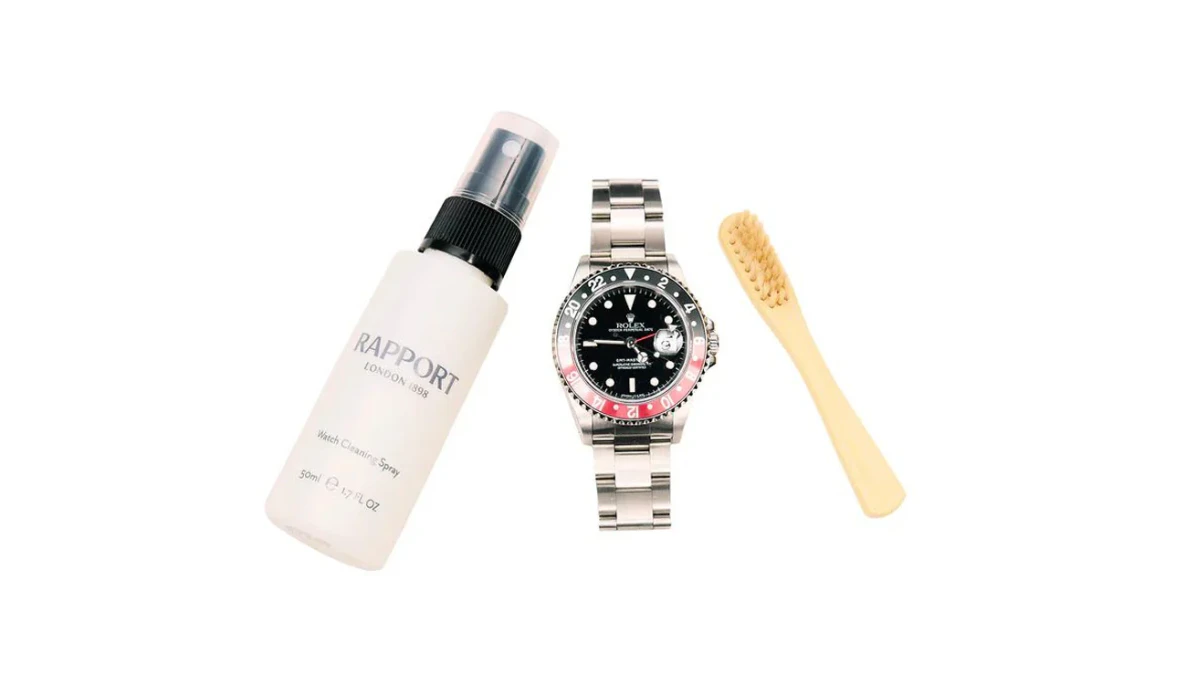
Crystal cleaning requires appropriate techniques based on material composition, with sapphire crystals tolerating more aggressive cleaning than acrylic alternatives. Specialized crystal cleaners or mild soap solutions applied with microfiber cloths typically provide optimal results without creating scratches or clarity issues.
Bracelet and strap maintenance varies significantly based on material composition and construction methods. Metal bracelets benefit from periodic deep cleaning with ultrasonic cleaners or detailed hand cleaning, while leather straps require gentle cleaning and conditioning to prevent cracking and premature aging.
Water resistance testing should be performed annually or after any impact or service work that might compromise case integrity. Professional testing ensures that stated water resistance ratings remain valid while identifying potential seal failures before water damage occurs.
Optimal Storage Solutions and Environments
Proper storage protects timepieces from physical damage, environmental hazards, and theft while maintaining optimal operating conditions during periods of non-use. Storage solutions range from simple watch boxes to sophisticated winding systems and climate-controlled environments for serious collections.
Watch boxes provide basic protection from dust, light, and physical damage while organizing collections for easy access and visual enjoyment. Quality boxes feature soft interior materials that prevent scratching while providing secure positioning that protects crowns, pushers, and bracelet links from damage.
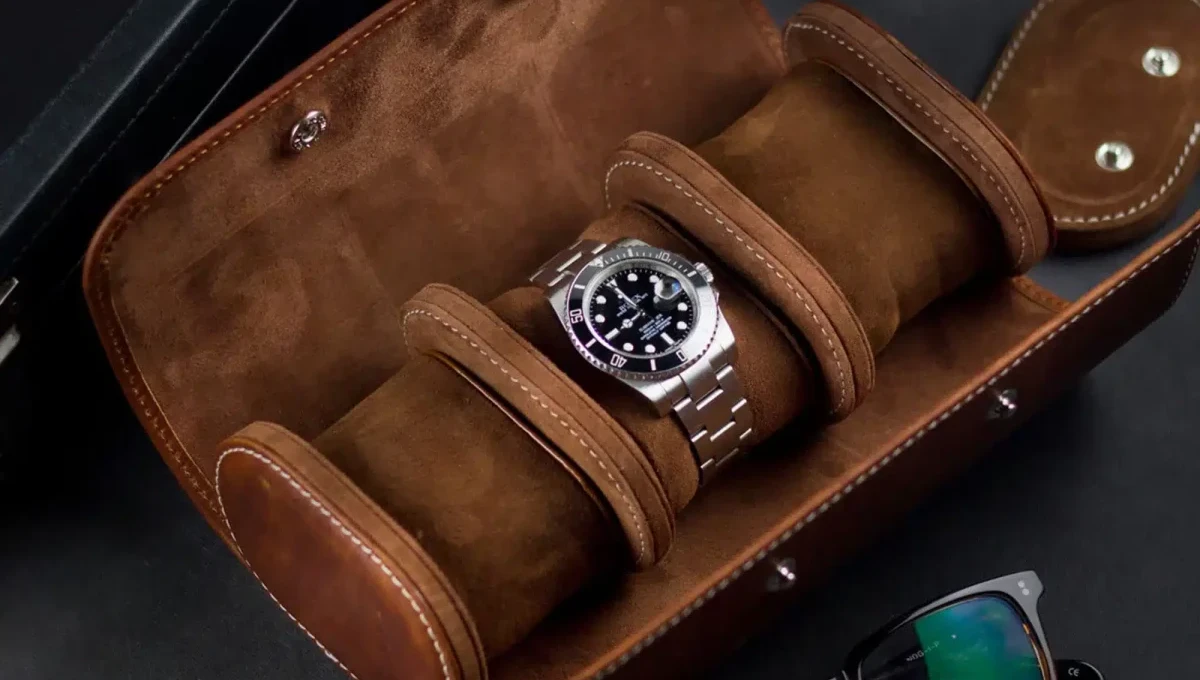
Automated winding systems benefit automatic timepieces by maintaining power reserves and lubrication circulation during storage periods. These devices simulate natural wrist motion while providing programmable rotation patterns that match specific movement requirements without overwinding risks.
Climate control considerations include temperature stability, humidity management, and air circulation that prevent condensation formation and material degradation. Ideal storage environments maintain 60-70°F temperatures with 40-60% relative humidity while avoiding direct sunlight and temperature fluctuations.
Security measures protect valuable collections from theft while providing appropriate insurance documentation and recovery assistance. Home safes, bank safety deposit boxes, and specialized storage facilities offer various security levels depending on collection value and access requirements.
Professional Servicing Schedules and Requirements
Manufacturer servicing recommendations typically suggest complete overhauls every 3-5 years depending on usage patterns, environmental conditions, and movement complexity. These schedules provide general guidance that may require adjustment based on individual circumstances and performance monitoring.
Service timing indicators include accuracy deterioration, power reserve reduction, and visible component wear that suggest internal problems requiring professional attention. Monitoring these characteristics enables timely service scheduling that prevents major damage while maintaining optimal performance.
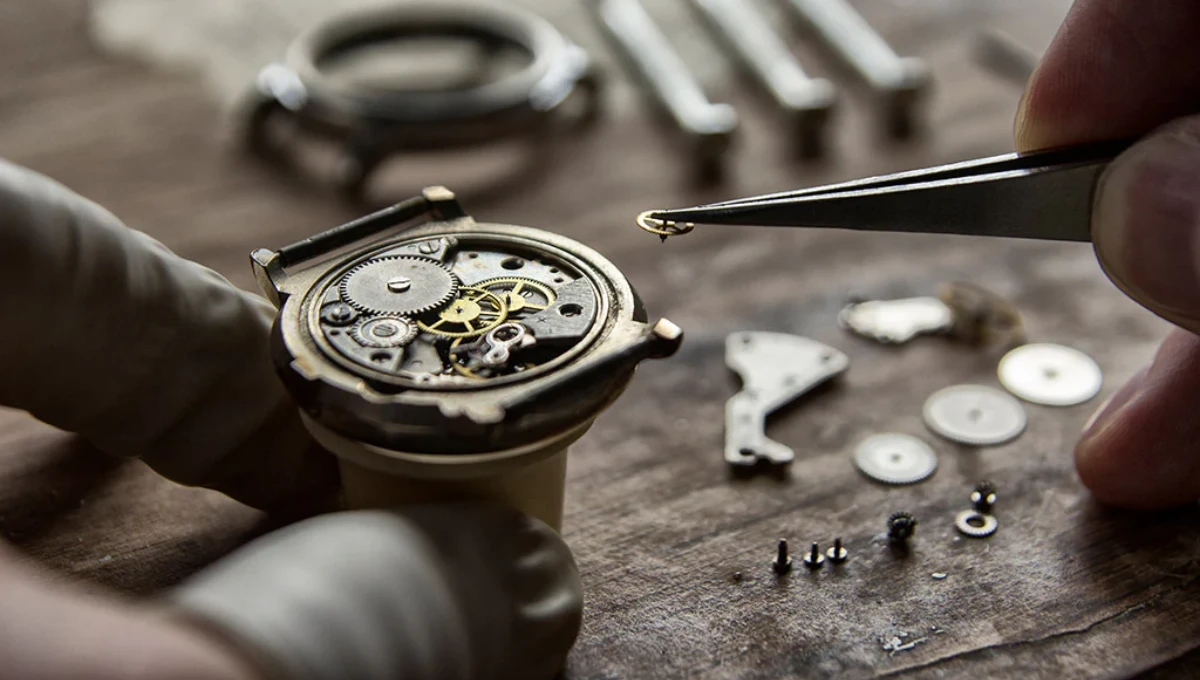
Authorized service centers provide manufacturer-trained technicians, genuine parts, and warranty protection that justify premium pricing for valuable timepieces. These facilities maintain current technical information and specialized tools necessary for complex modern movements and proprietary technologies.
Independent watchmakers offer alternative servicing for vintage pieces, discontinued models, and situations where personal relationships and specialized expertise provide advantages over factory service. Choosing qualified independents requires research and referrals to ensure appropriate skill levels and reliability.
Service documentation preserves warranty coverage while providing maintenance history that supports authenticity and value retention. Maintaining complete service records demonstrates proper care while facilitating insurance claims and resale transactions.
Troubleshooting Common Issues
Timekeeping accuracy problems often indicate need for regulation adjustment, cleaning, or component replacement that requires professional diagnosis and correction. Sudden accuracy changes may suggest impact damage, magnetic interference, or lubrication breakdown requiring immediate attention.
Power reserve reduction typically indicates mainspring fatigue, gear train friction, or escapement problems that require professional evaluation and potential component replacement. Monitoring power reserve performance enables early detection of developing problems before complete failure occurs.
Crown and pusher operation issues may indicate seal deterioration, internal damage, or contamination that affects both functionality and water resistance. These problems require prompt professional attention to prevent water infiltration and internal damage.
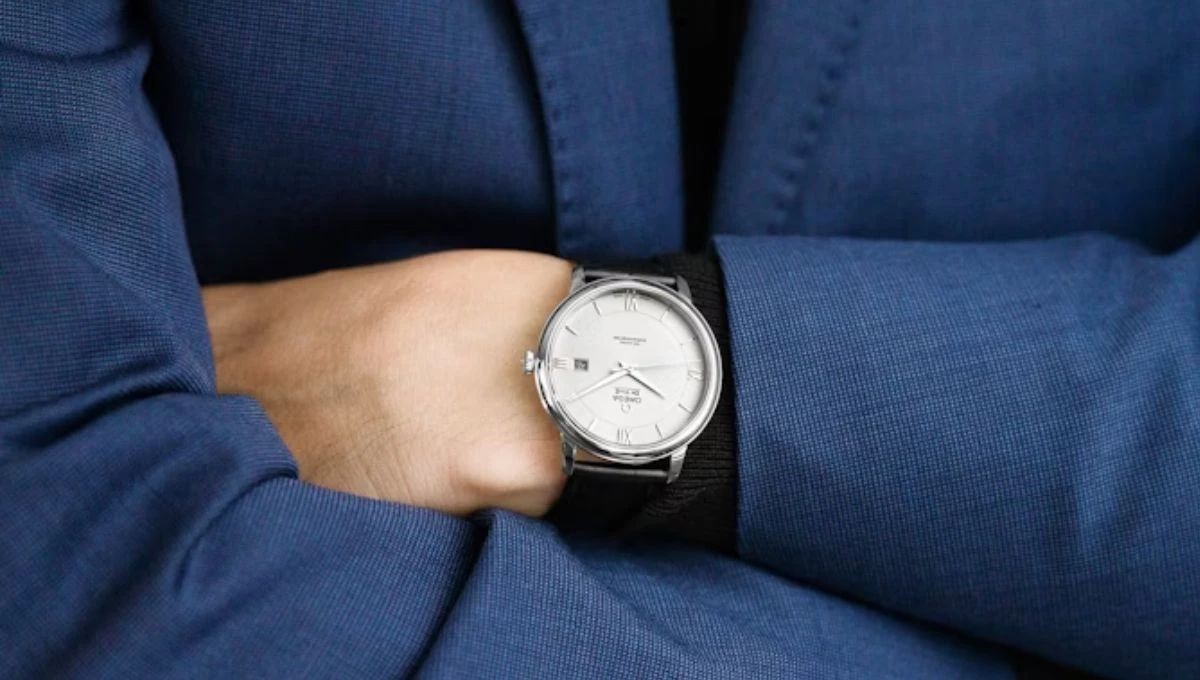
Crystal damage ranges from minor scratches that affect aesthetics to major cracks that compromise case integrity and water resistance. Replacement timing depends on damage severity and impact on functionality, though prompt attention prevents progressive deterioration.
Bracelet and strap wear patterns indicate adjustment needs, component replacement requirements, or sizing issues that affect comfort and security. Regular inspection enables timely addressing of these issues before failure results in timepiece loss or damage.
Insurance and Documentation Management
Appropriate insurance coverage protects against theft, loss, and damage while providing peace of mind for valuable collections. Specialized jewelry insurance often provides better coverage than homeowner’s policies while offering agreed-value protection and worldwide coverage.
Professional appraisals establish current market values for insurance purposes while providing documentation for estate planning and resale transactions. Regular appraisal updates ensure coverage adequacy while tracking value appreciation over time.

Photograph documentation creates visual records that support insurance claims while assisting in recovery efforts if theft occurs. Detailed images should include serial numbers, unique characteristics, and condition details that enable positive identification.
Purchase documentation including receipts, certificates, and warranty papers supports authenticity claims while providing proof of ownership for insurance and legal purposes. Maintaining organized records simplifies claims processing while preserving important historical information.
Seasonal Care Considerations
Winter care addresses challenges including dry air, temperature fluctuations, and reduced activity levels that can affect timepiece performance and condition. Humidification considerations, gradual temperature transitions, and maintained winding schedules help preserve optimal operation.
Summer care focuses on increased activity levels, humidity exposure, and potential water contact that require enhanced attention to water resistance, cleaning frequency, and strap condition. Regular maintenance during active seasons prevents damage while ensuring reliable performance.
Travel considerations include timezone changes, activity variations, and security concerns that require planning and preparation. Portable storage solutions, insurance coverage verification, and local service resource identification enhance travel experiences while protecting valuable timepieces.
Proper luxury watch care combines consistent daily practices with professional maintenance and appropriate storage solutions that preserve both functionality and value. Understanding these requirements and implementing comprehensive care programs ensures lasting enjoyment while protecting significant investments for current and future generations.
